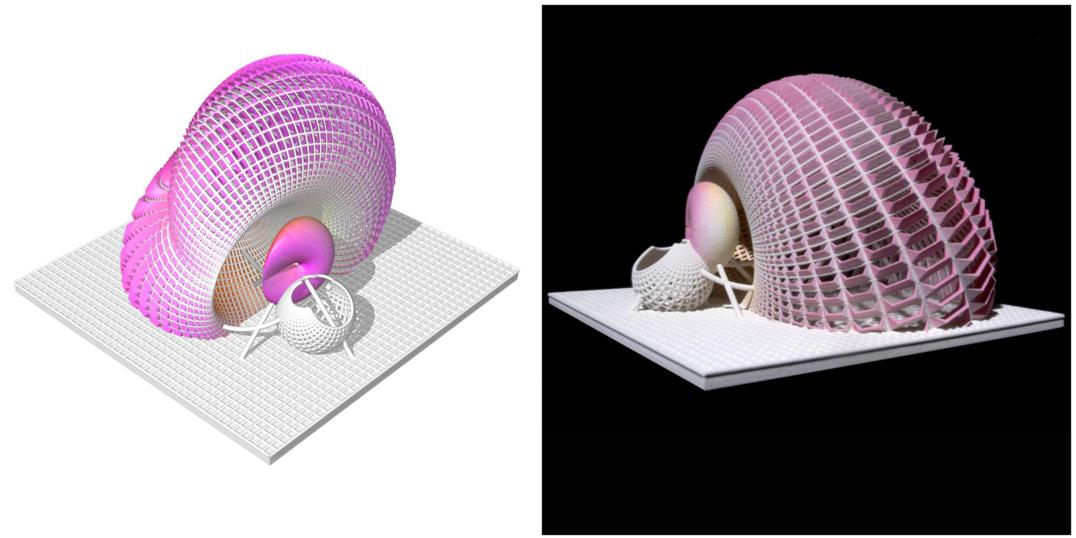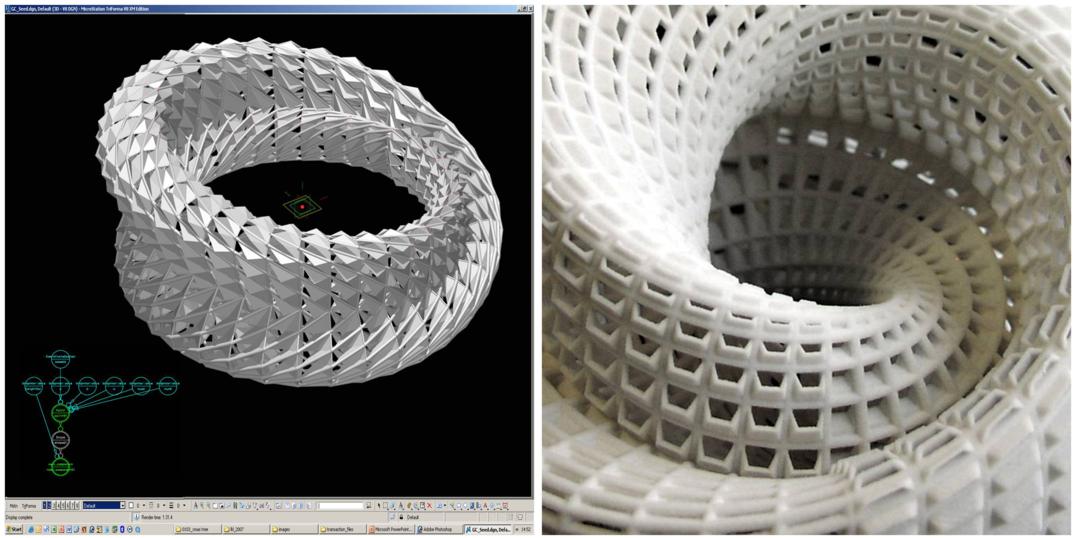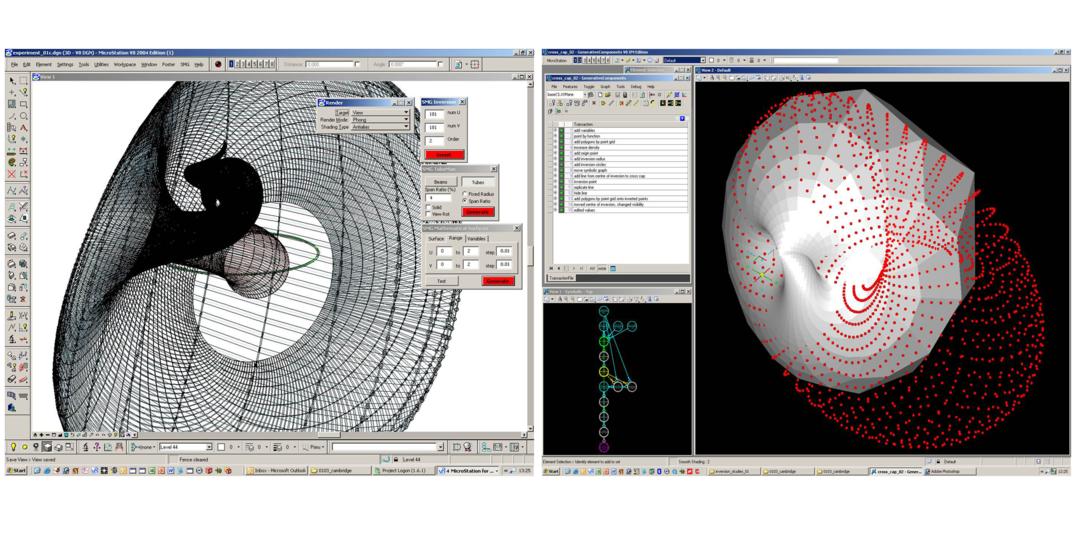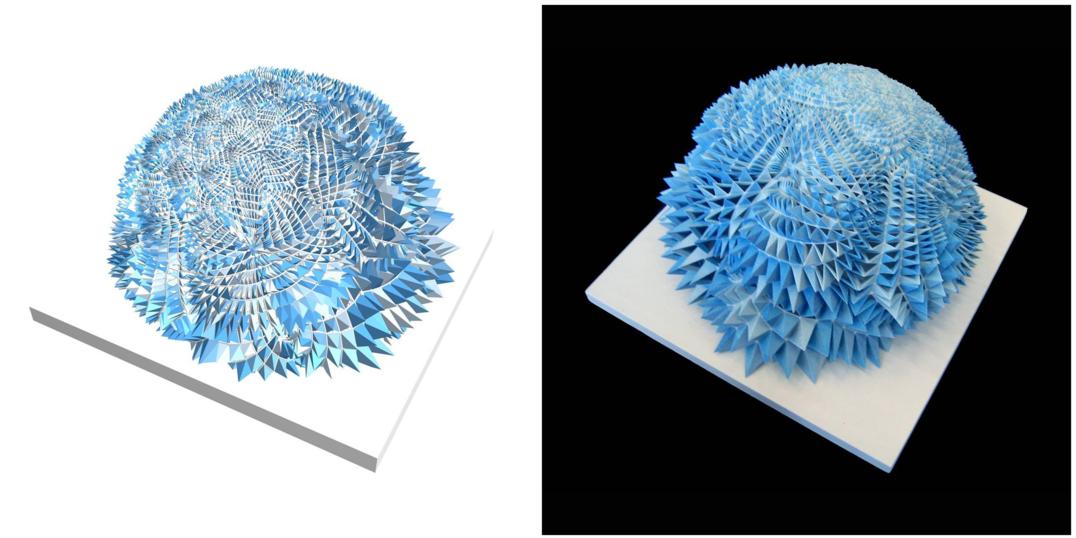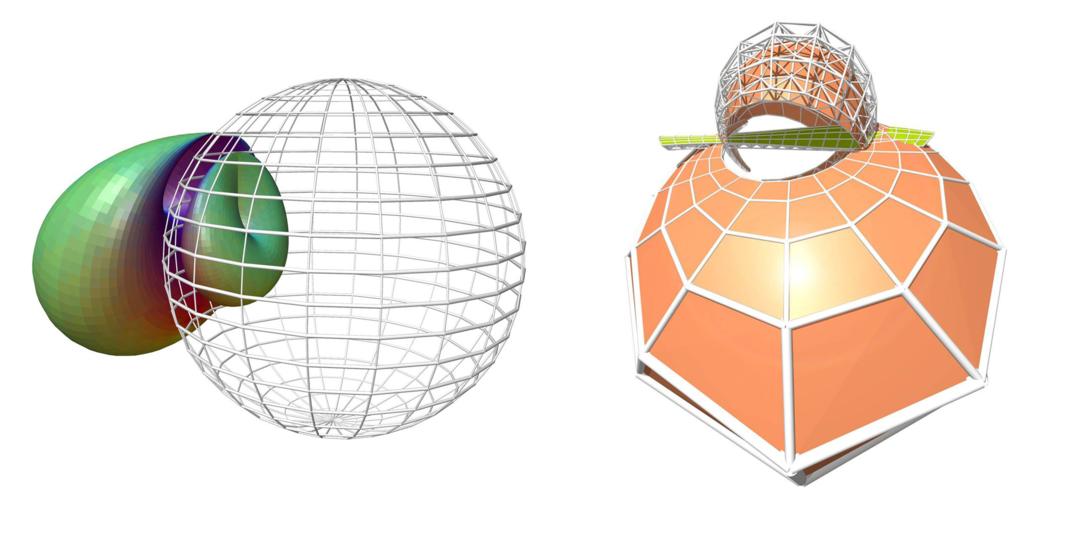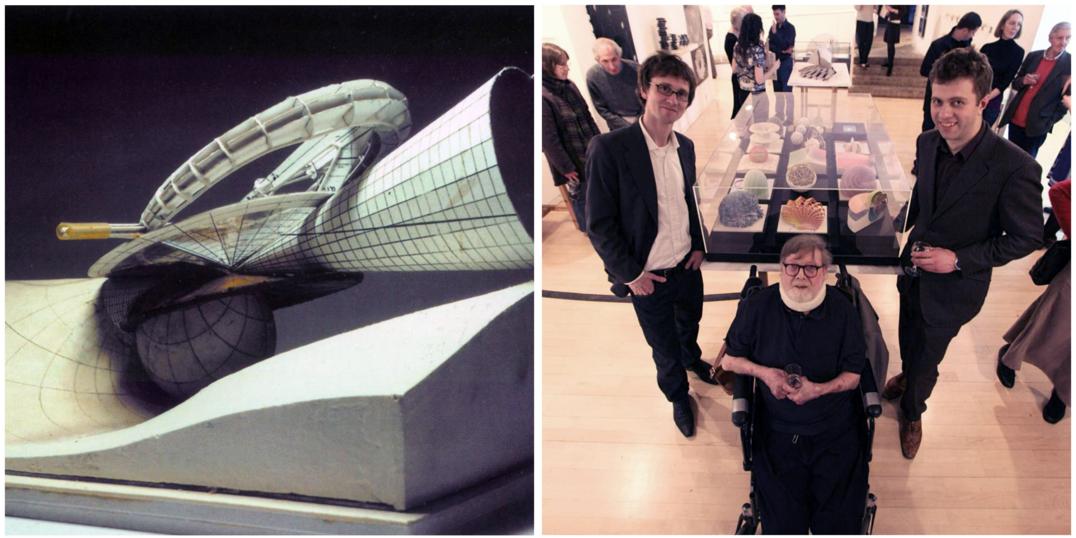Beyond Measure
Kettle's Yard Gallery
Cambridge, UK
Image Source: Brady Peters / Foster + Partners
Foster + Partners Specialist Modelling Group (SMG) was invited to participate in the show Beyond Measure: Conversations Across Art and Science at the Kettle’s Yard Gallery in Cambridge, United Kingdom. This show, curated by Barry Phipps, explores how geometry is used by artists and scientists – among many others – as a means to understand, explain, and order the world around us. Brady Peters and Xavier DeKestelier (SMG) collaborated with the artist John Pickering to create fourteen large 3D print models and a slide show of images. These models and images were based on the mathematical concept of the inversion principle, which is the concept that John Pickering has based much of his work on.
Image Source: Brady Peters
The research project in a sense had started much earlier with the introduction of rapid prototyping into the Foster + Partners office. The 3D printer allowed for my computational designs and sketches to finally come "out of the box" and onto the desktop. With the 3D printer I got "complexity for free." I began to investigate mathematical surfaces and populating these with complex architectural components as a way to test the limits of both the computational and fabrication systems.
Image Source: Brady Peters
The digital tools developed for the Beyond Measure show were done in both Microstation VBA where many of the final surfaces were generated as well as the components populated and the colour applied. However, interactive sketch tools were also developed in Generative Components. It was interesting to get John Pickerings feedback on this process as he generates all of his surfaces mathematically, calculating by hand, and cutting them out manually out of cardboard.
Image Source: Brady Peters / Foster + Partners
The inversion studies were developed during a series of experimental workshops. There was no formal brief for the proj¬ect, which allowed the team to be guided by the surprise and delight of discovery. The SMG used this project to push forward its research into mathematical surfaces, extremely com¬plex and data intensive structures, and the used of colour in rapid prototyping models. The mathematically derived surfaces were populated with adaptive architectural components and structure, and the inversion transformations were mapped by colour coding.
Image Source: Brady Peters
Image Source: John Pickering / Philippe Brysse
